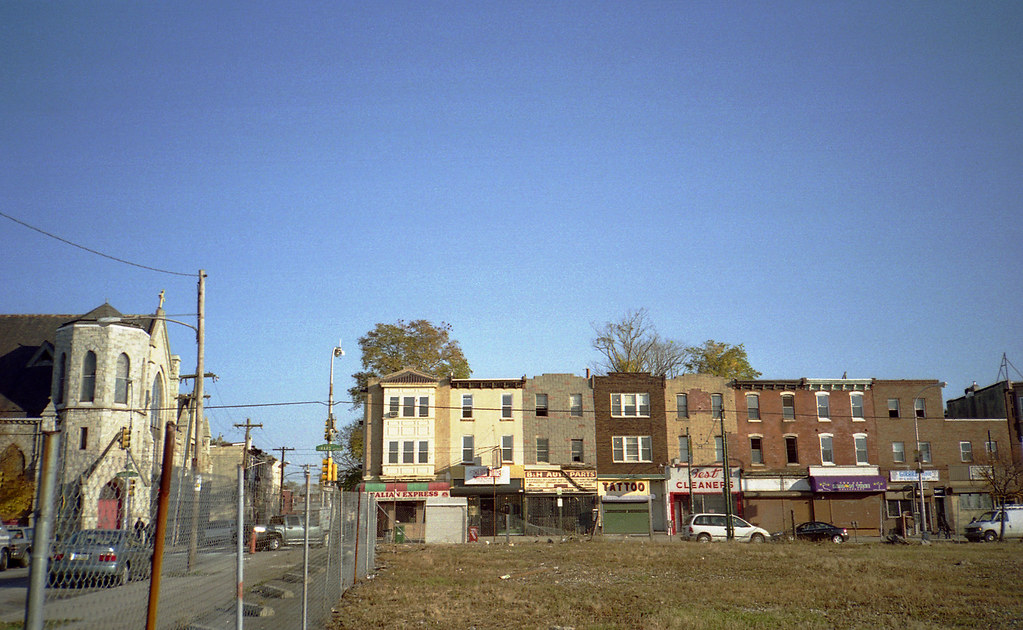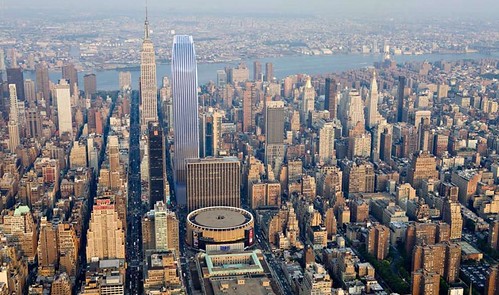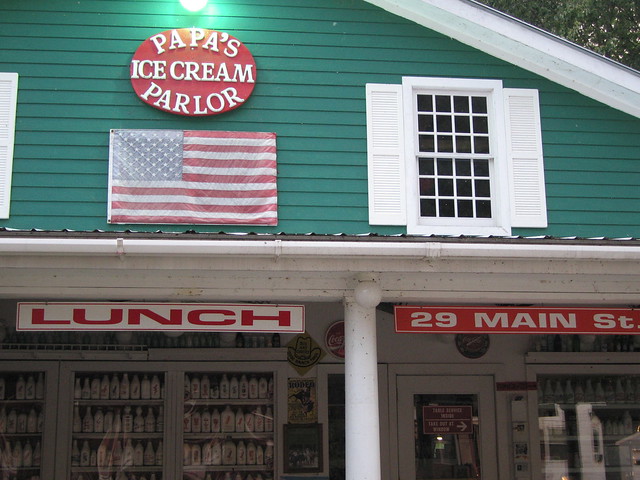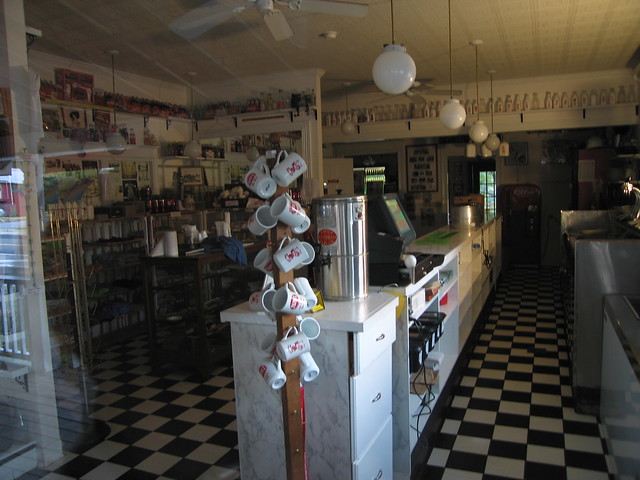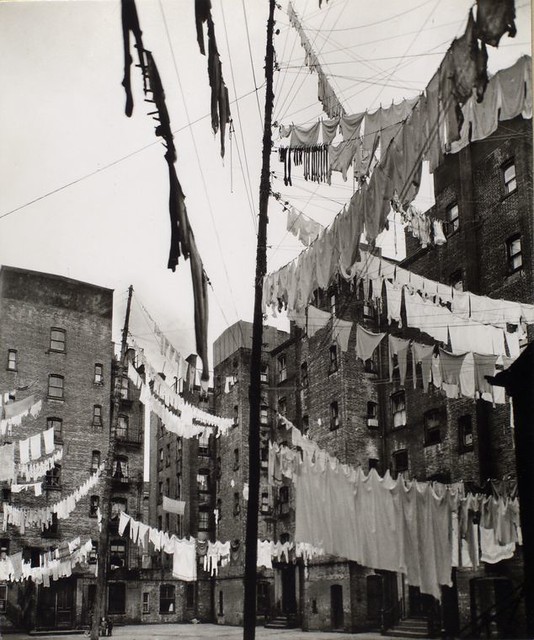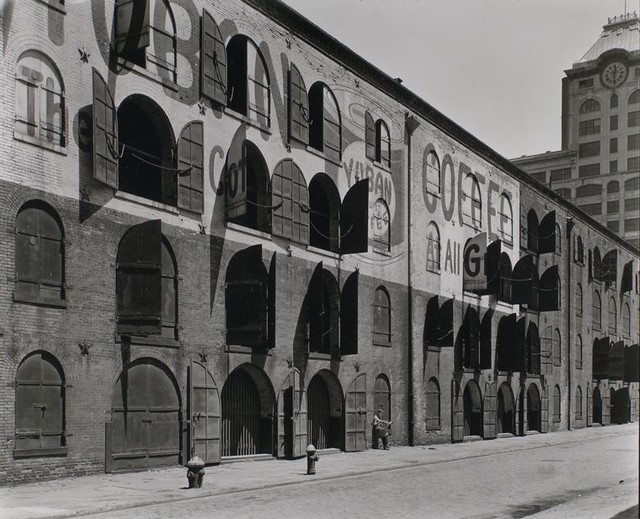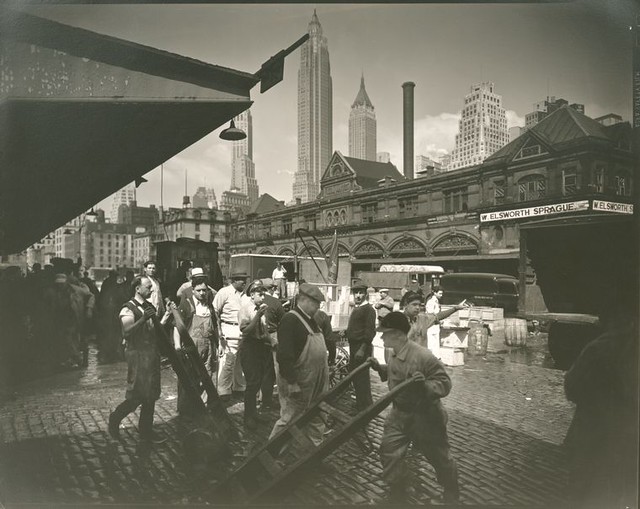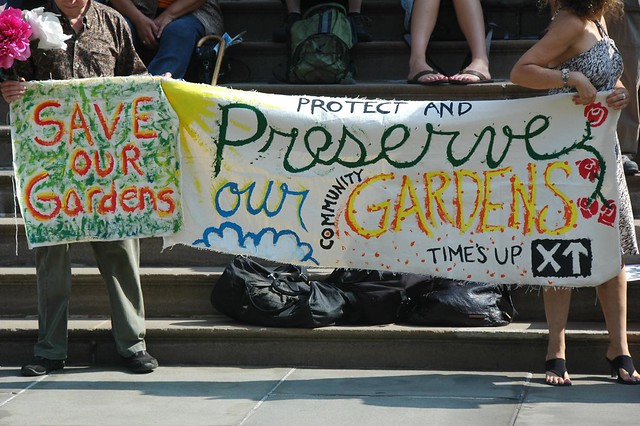 |
| Protest at City Hall 8/4/10 in opposition to new rules for Community Gardens. Photo via Flickr by FlatbushGardener |
|
|
|
A greener, healthier city is not one that bulldozes and develops its Community Gardens. But, there is a machine quietly revving in the garden.
New York City’s departments of Parks & Recreation and Housing Preservation & Development have proposed new rules for Community Gardens, which advocates and gardeners say would strip back hard-won protections currently in place. These new rules would allow for the sale and development of any garden citywide not owned by a community land trust or by a city agency.
Before we dive into the disagreement at hand, a little background.
Recent generations of community gardeners, particularly those in low-wealth neighborhoods, worked hard to create these gardens by reclaiming parcels that were otherwise eyesores and safety hazards: These abandoned lots were overgrown at best and at worst they were illegal dumps, squatters camps, drug dealing spots, etc. Out of the ashes of arson and dereliction grew not only gardens, but community. As neighbors came out to work together, they warded off unwanted activity and created something powerful and productive out of otherwise unwanted spaces. Today’s community gardens still serve these functions and more. Beyond the reclamation and reinvention of these places are really important moves toward creating more resilient and sustainable cities. Community gardens help green cities – filtering air and reducing runoff, beautifying blocks – they help feed urbanites – every little bit counts – and they encourage civic engagement.
In New York, as elsewhere, many community gardens began as informal, ad-hoc spaces with no legal relationship to the land being cultivated. Over time many sites, like those in the East Village, began to face intense development pressure. Still, as some gardens were lost, others became more institutionalized features even as real estate pressures mounted. After the "Garden Wars" of Giuliani's administration, New York's community gardens gained greater security in the form of land transfers to community land trusts or to the city. In 2002,
an agreement brokered between the City and then Attorney General Spitzer – brought yet greater protections for some 500 gardens while 150 others were slated for development. Many gardens worked with the Parks Department's GreenThumb program, which provides support (through largely federal funding sources) for community-managed spaces.
Because the 2002 agreement sunsets in September, the city has proposed new rules. Advocates like the New York City Community Garden Coalition, say these rules erode protections that were afforded gardens by the old agreement, and in so doing expose gardens citywide to development at the discretion of the city. The draft language of the proposed new rules (
Parks rules here) (
HPD rules here) treats every garden as a building site. The new rules eliminate the process by which gardens can be transferred into city ownership, meaning that if a garden site is not owned by a land trust or the city already, they effectively are at the mercy of the city’s goodwill.
This is about the gardens being devalued at the expense of potential development. It's about devaluing community-managed spaces and civic participation in something productive and beautifying. There are provisions that would offer a new lot for the garden to move to, if available, but this misses the point. Gardening takes time. Offering an “as is” lot isn’t an equal trade for a community garden with mature plantings and amended soils. They’re not the same and accepting an alternate site might just mean starting from scratch. Again.
New Yorkers deserve a cleaner, greener, healthier city. Community gardens help fulfill this vital, very 21st Century goal. New York City may have the most intense development environment in the nation, and its policy goals for making the city more sustainable are a model for many other cities. These policy objectives are not in line with the new rules for community gardens. New York City will never be able to produce all of the food necessary to feed itself, but community gardens can help. Better still, they help provide really healthy and affordable food options in low-wealth “food desert” neighborhoods, acting as food banks or donating produce to pantries.
Even as community gardens have waiting lists for plot space, and urban agriculture is a renewed and growing trend, the city fails to recognize the full value of these productive plots, as food sources, community development tools, as green breaks in the concrete jungle. Parks Commissioner Adrian Benape was quoted in
yesterday’s AM New York saying, “There is not a universal love of gardens.” The piece also suggested that he doesn’t believe that the gardens can be made "permanent" because nothing in the city is really forever. Still, he said, “There are no bulldozers being warmed up.” That may only be due to the weakened development climate.
There’s some meaningful research underway that should add good data and policy recommendations for community gardens and urban farms. Among these are the garden mapping project that
Farming Concrete has underway and the
Design Trust for Public Space’s Five Borough Farm project. Hopefully these project will also help illuminate the myriad values of the city's gardens.
Community Gardens might not make the city or developers much in the way of money, but wouldn’t New York City be poorer without them?
On Wednesday, August 4th gardeners and supporters rallied at City Hall wielding beets and chard, asking the city leadership to provide greater protections for the city's community gardens. There is a public hearing on August 10th about the proposed rules. This is your chance to make your voice heard on this issue. Write a letter; call 311; even sign up to testify. Check out NYCCGC’s website for all of the details.
Want to find a garden? Search for a garden via Oasis here.









